Hotel Daniel Vienna
Atelier Heiss Architects converted a former office building from 1960ies into a new hotel and this way enabled the maintenance of an imported listed building in Vienna.
The former Hoffmann-La Roche building from the 1960ies (Architects: Georg Lippert, Roland Rohn) forms the setting for an urban hotel. The original monolithic appearance was restored by removing a connecting section. The facade, which is protected as a historical monument, and the staircase are both preserved. An intelligent floorplan allowed the creation of 115 double rooms. The movable furniture on the ground floor was compiled by the hosts, and create a private atmosphere for all hotel guests.
... and a sculputure by the artist Erwin Wurm is now the widely visible symbol!
Atelier Heiss converted the former Hoffmann-La Roche-building to an urban hotel with 3.900 m2 effective area. (Size of site: 2.021 m2). At the time, it was the first construction with a facade in the new Curtain-Wall style (Architect: Georg Lippert, 1962). The landmarked facade and the supporting structure exist to this day. The former offices were adapted to hold 115 double rooms, and the ground floor area was converted into a bakery, a retail shop and the reception.
The facade, above all the existing aluminum parts, was found in very good condition. For Atelier Heiss, the gentle and sustainable treatment of the architectural structure was a matter of great importance. Selected facade axes were recreated on the rear side; glass was exchanged to a minor extent. The landmarked facade was preserved, applying a special technique: parapets preventing fire flashovers were drawn in, representing an invisible fire-protection concept for the entire building. Furthermore, a second staircase was added in the center of the building. It serves as additional reinforcement and as an escape route. These were the solutions to the difficult problem of retaining the outer appearance but meeting all technical
requirements. In order to restore the original monolithic appearance, the stairwell connected to the adjacent building was taken down. This grants the structure its proper positioning within the urban landscape.
The predetermined axis spacing demanded inventive solutions in order to accommodate the desired number of rooms. The result is a floor plan with intertwined rooms, alternating bed and bath sides.
The concept of simplicity is reflected in the reduction of the hotel design. The rooms are reduced to their essentials.
A sculpture by the Austrian artist Erwin Wurm on the roof is the result of the cooperation with an artconsultant, and is now the widely visible symbol of the hotel.

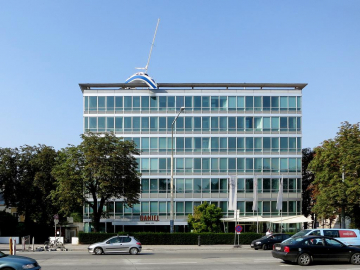
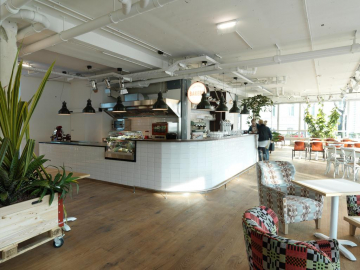
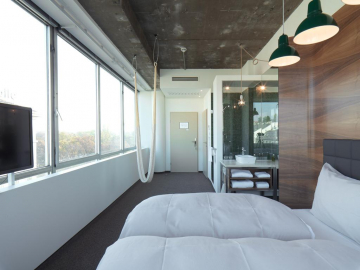
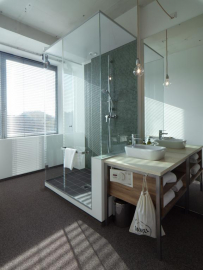
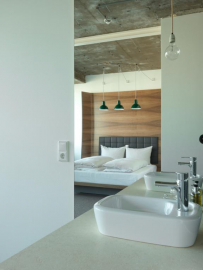
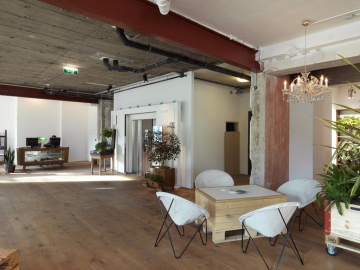
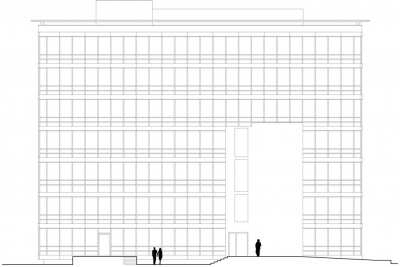
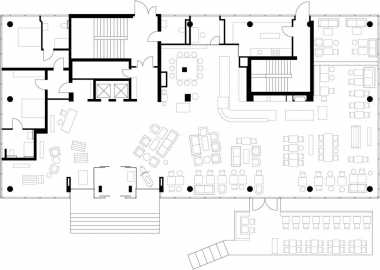
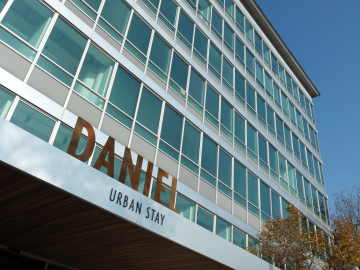
.jpg)
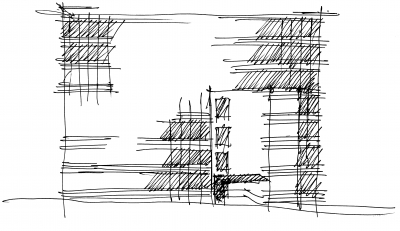
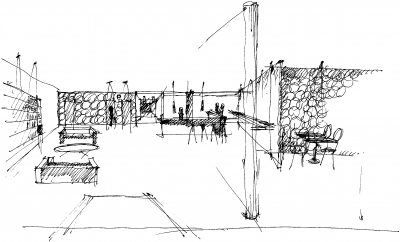
.jpg)